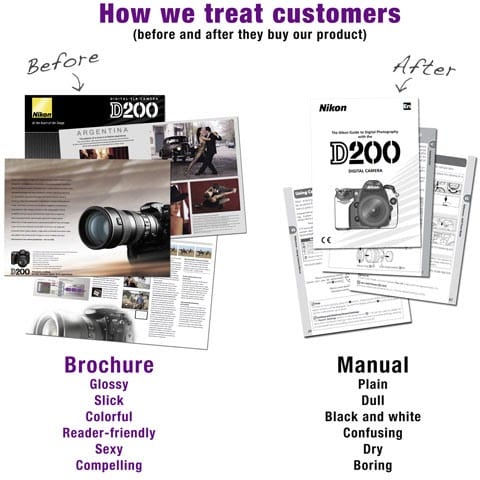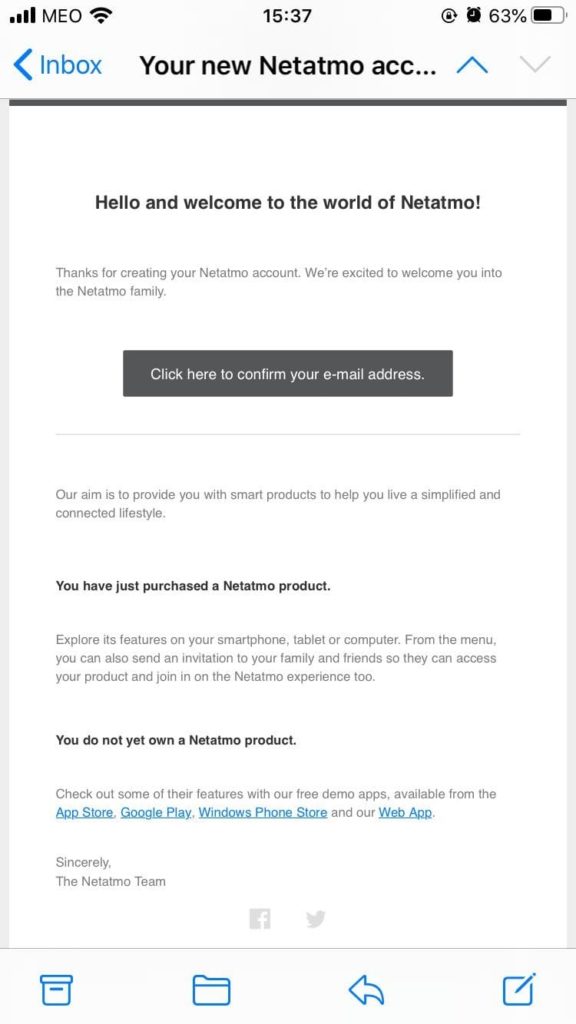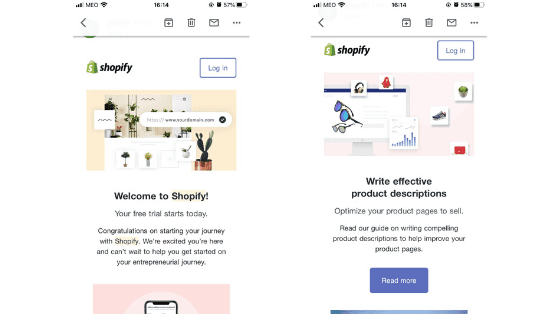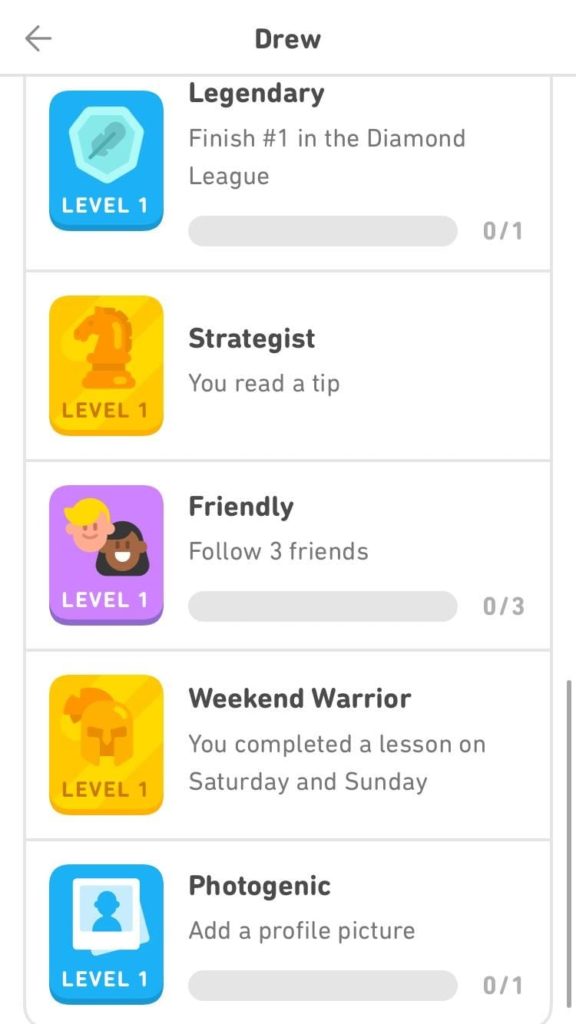5 Customer Onboarding Best Practices for a Post-Purchase Experience That Wows
As customer success thought leader, Lincoln Murphy, famously says, "the seeds of churn are planted early."

As customer success thought leader, Lincoln Murphy, famously says, "the seeds of churn are planted early."

Before companies like Harry’s and Dollar Shave Club came along, Gillette and Schick controlled the US market for razor blades. Each charged around $20 for a three-week supply of popular brands like Mach III, amounting to about a dollar if you shave daily.
Then came the subscription services, offering an entire month’s worth of blades for $1. Gillette controlled about 70 percent of the US market in 2008. A decade later, its market share dropped to below 50%.
Despite deep pockets, Gillette was slow to respond to the new competition, underestimating the potential of these brands, and overestimating its customers’ loyalty.
The razor-blade market is just one example of this broader shift from brand promiscuity to brand loyalty. Now, businesses know that their job is just starting when a customer signs on the dotted line. As Des Traynor of Intercom argues, “customer retention is the new conversion.”
If you’re serious about customer retention, then you need to focus a ton of attention on your onboarding experience. It can define the relationship between your customer and your product. In other words: don’t mess this up.

Source: Creating Passionate Users
On the flip side, if you get customers up and running and loving your product, it transforms your entire business. You’ll worry less about your churn rate, grow your customer base, and ultimately increase your revenue.
So, how do you build that gap between your sales pitch and your actual product? Here are five customer onboarding best practices.
Like most broad terms, there are a couple of different interpretations. Most people agree that customer onboarding refers to the “process of introducing your product or service to your new customers and helping them learn how to derive the most benefit from it.”
In other words, it’s the white space that once existed between sales and marketing and a delighted customer.
The mission-critical nature of a well-crafted and thorough onboarding process can’t be stressed enough. And while it’s often most associated with software products, customer onboarding applies to every company from SEO marketing agencies to subscription services.
When you live and breathe a product or service, it’s easy to lose sight of how little new customers possibly know.
Let’s say you sell bikes online. The reason you started selling bikes is that you love to cycle. Everyone you employ is equally as passionate and knowledgeable about cycling as you are.
Someone decides they want to start training for a triathlon. They know nothing about cycling, but they purchase a road bike from you.
You ship them the bike, and they open it, brimming with excitement. Then they realize that the tires are flat and that they need a bike pump. They’ll also need a hex key. The excitement turns to disappointment as they start compiling a list of items they’ll need to get their hands on to start cycling (which is the end goal here).
Your entire team may expect someone to know that the tires arrive flat and that they’ll need a hex key to adjust the seat and the handlebars–but your customer doesn’t.
So, when you start thinking about onboarding, it’s essential to consider the entire customer journey and the step by step process involved. It may mean you need to suggest a bike pump at checkout or send a text pre-delivery with assembly instructions that explicitly call out the tools required.
If you’re serious about your customer onboarding experience, you need to create different onboarding processes for different types of customers.
Let’s say you offer a meal prep subscription service. Your customer base ranges from single working professionals who can’t boil a kettle and busy parents who don’t have the time to fit in a trip to the grocery store.
The latter segment knows how to cook, but doesn’t have time to source the ingredients. The former wants to learn how to cook but needs motivation and inspiration.
While you might be delivering them the same raw ingredients, they have wildly different reasons for signing up for your service.
If you send busy parents tips on safe food storage, they’ll never read them at best, and if they do, wonder why they are.
On the other hand, if someone spent most of their adult life microwaving frozen dinners, those same tips could be the difference between throwing out your ingredients because they smell funny or new-found culinary success.
The moral of this story is that you need to tailor your onboarding based on your customer’s goals. You can even ask customers during the checkout process how they define success: what made them sign up in the first place, and how can you make them successful?
Then create specific messaging and onboarding processes based on the different responses.
The welcome email is important.
The problem is that too many companies send a pleasant welcome email and then call it quits. They might direct you to their knowledge base or highlight their customer service channels, but you’re mostly on your lonesome from there on out.
It feels like a missed opportunity. For example, the home thermometer company Netatmo sends you one welcome email, and the call to action is to confirm your email address.

There is no follow up to educate customers on the benefits of having an indoor air quality monitoring system and how to get the most out of it.
On the other hand, Shopify sends a welcome email and then follows up with a series of emails designed to ensure that you’re equipped with the knowledge to use your Shopify site.

Gamification as an onboarding strategy exists to service two main objectives: to make training fun, and to accelerate the pace of learning. One of the best examples of gamification in everyday life is the use of “loyalty points.”
If you doubt the power of these initiatives, consider this: people take “mileage runs,” trips explicitly booked to earn frequent-flier miles to gain an elite status tier.
Even if you’re not a global airline, there are a ton of practical ways to gamify your customer onboarding process–you can incorporate:
Our most significant piece of advice here is to ensure that any gamification aligns with your customer’s desired outcome and not yours.

Take the below example from the highly popular language learning app, Duolingo. The business–with 2018 revenue of $40 million and a valuation of $700 million–makes money from advertising and some paid services.
One of the app’s desired outcome is that users are on the app as much as possible. It likely explains why one of their challenges involves completing a lesson on Saturday and Sunday.

We’re not suggesting that this approach to rewarding is bad. It’s possible to argue that this challenge benefits the language learner too as it encourages them to practice on the weekends.
But it’s important to recognize the value that your product provides and align your gamification with that.
For example, rewarding your customers with a pat on the back when they input their credit card details is likely to backfire. Rewarding them when they add the tasting notes on their first beer club delivery is not.
Only when you truly understand your products’ value can you determine what people find intrinsically rewarding or enjoyable.
At SimpleTexting, we use videos for customer onboarding. We call it the SimpleTexting Academy, and it consists of 15 videos that start by covering key steps like importing contacts and progresses to conducting a Text to Vote Poll.
Many companies use videos as a way to walk new customers through a product. By 2022, online videos will make up more than 82% of all consumer internet traffic. So, while videos might seem like a nice-to-have onboarding tool now, it’s going to be integral in the next few years.
Videos are excellent for complex products that require a little more explanation. You can give video tours that mimic the experience of a live demo.
The five steps provide you with best practices, but if you’re not sure how to even approach them, then here are three immediate steps to take.
It’s going to be difficult to segment your customers or determine what they know unless you talk to customers. This isn’t a one-and-done thing either. You need to speak to your customers about the following continuously:
If you can swing it, it’s also worthwhile to talk to customers that canceled with you or left a negative review. You can ask them:
In all cases, it’s important to put any ego aside and listen. You’re ultimately trying to understand what makes your business work and what doesn’t.
Marketing and customer onboarding are not an exact science. Maybe you operate in a super-specific niche with customers who know what they want from your product.
If you start sending them email after email with basic tips, you’re not helping them achieve success. You’re annoying them. Success may involve cross-selling or upselling your customers.
The point we’re making is that you need to measure the changes that you want to see. At SimpleTexting, we look at the average number of logins during a customer’s free trial and first month. For you, it may be how many new customers get in touch with customer support with a product issue.
What success looks like to you will depend on what success looks like with your product.
It can be hard to know who owns the customer onboarding process. It’s often the neglected child or the domain of one single overzealous department. But for onboarding to sing, it needs to involve sales, marketing, and product.
For example, if your product team adds new features, your marketing team needs to change the onboarding process to see the improvement. If not, rather than a single unified experience, cracks in the entire process start to emerge.
There’s a lot of small pieces of the onboarding puzzle. They’re critical to success, but it’s important not to lose sight of the bigger picture.
People buy things because they perceive they have value. The quicker you help them see this value, the more likely they are to become lifelong fans.
That should be the focus of your customer onboarding experience.
Drew Wilkinson is the Head of Marketing at SimpleTexting. Drew has more than a decade of experience managing successful integrated marketing programs to build brands, raise awareness, and generate demand.
More Posts from Drew WilkinsonLearn how to market you and your music by texting with fans. Forget about unpredictable social media algorithms and rise above the crowd with a virtual phone number!
ReadSMS is one of the most effective ways for franchise systems to communicate. Here are five ideas to help you get started.
ReadStart a text marketing campaign or have a 1-on-1 conversation today. It's risk free. Sign up for a free 14-day trial today to see SimpleTexting in action.
No credit card required